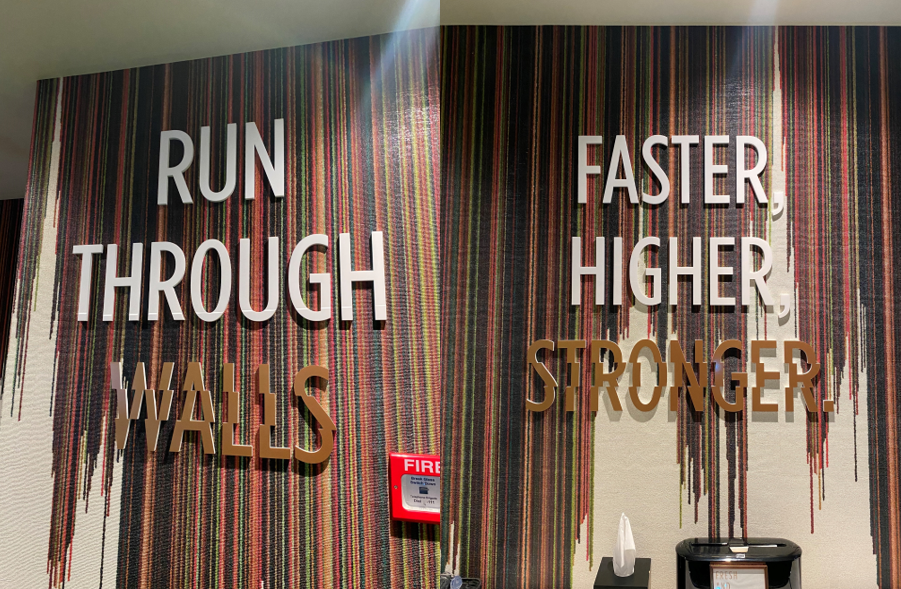Traditionally our experiences of power have been dominated by negative forces of power. A dominance, a power over and a ‘I must win’. It plays out in our parliament, our world wars and our economies – sometimes even our own leadership tables or family groups. I don’t believe this is real power though. I believe there’s a type of power more powerful than this.
It’s a power that comes from self mastery, ego-lessness, discipline and compassion. Think that doesn’t sound very powerful? Read on.
Trump thought he was powerful when he took up office, in fact it’s one of the main reasons he wanted the job. Yet quickly realised his decisions and policies were scrutinised by a nation and had to get approval through the house. The role itself (president of the US) is considered to be one of the most powerful in the world and yet it doesn't necessarily mean the person in the role is powerful. Whilst he thought he may have been too powerful to be held to account, the various court cases he’s now facing are proof you may be in a powerful role but doesn’t mean you’re not accountable for your actions.
Take another male leader at the other end of the extreme. The Dalai Lama. Who has managed to lead the global rise of Buddhism and the mindfulness movement across the world without ever having raised his voice. All whilst being exiled from his home country of Tibet. That’s true power.
It happens when we’re aligned to our values and purpose, when we’re egoless and service to others and when we can stand in our power knowing exactly who we are, what we’re doing for the world and the difference we can make to other people.
It’s why politicians are supposed to be in service to their countries and regions. To be in service though is a different kind of power. It’s a power with and through others for the greater good. Not a power over, dominance which is ruled by ego.
More locally when we think of individuals (regardless of their positions of power). There’s a personal power that comes from those who know themselves, a confidence in how they show up but a humility that they’re also human.
I think our power as a leader comes from this egoless humility and at the same time an ability to stand in our power with confidence. I explain the difference in the video below.
As an example, it takes more power to control and regulate our emotions that it does to lose our shit. It takes more power to remove ego and do what’s best for the greater good beyond our individual desires.
Some of the most powerful people are not loud, forceful or aggressive. Their impact is felt though and always more positive.
Power is simply how we influence others and how we have impact. There are different forms of it and I believe this power with and through others, this quiet, humble, calm power is one we constantly under estimate in view of what we see play out in the media daily. Yet harnessing this power gives us all an opportunity to show up, make an impact and make the world a better place.
· Do you know what it feels like to stand in your power?
· When are you at your most powerful?
· How are you using your power today?
If you’re a woman or non binary leader join us for the monthly powHer hour to connect with like minded leaders and chat more about, leveraging power, owning your space and standing in your power





















